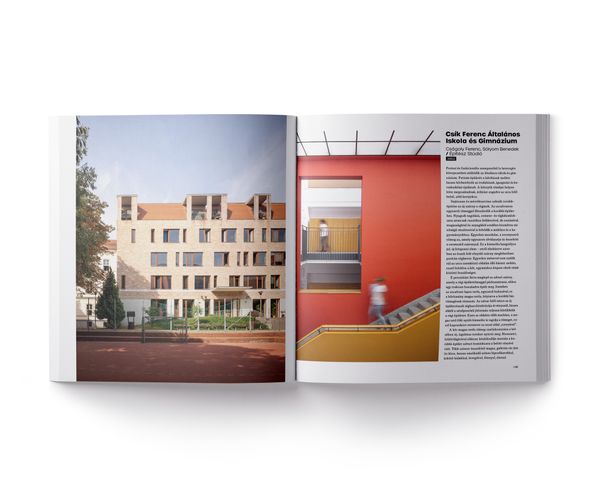Many Polish companies have no idea what innovation is, not to mention how they should do it. Nonetheless, innovation has often been their actual aim when they collaborated with startups. The most thriving startup hub in Central and Eastern Europe is Poland, with plenty of opportunities for the startuppers of the region who need funding or advisory services. Analysis from Hype&Hyper – Part I.
Poland’s economy is stronger than most of its European rivals; despite the coronavirus crisis, Polish GDP slightly grew between 2019 and 2021. Poland is the largest economy in Central and Eastern Europe, with a 30% share of the region’s total GDP. Furthermore, the country is the cradle of several initiatives aiming to boost innovation in the region.
An ocean of potential
The Polish startup ecosystem is becoming increasingly vibrant. There are many funding and advisory opportunities for startups, mainly through EU-funded support organizations. Much public money is injected into the startup ecosystem in Poland. One of the reasons behind that is that the European Union still provides relatively large amounts of funding to stimulate R&D and boost expenditure on innovation.
Compared to other European countries, the number of registered new enterprises is outstanding in Poland, perhaps because it is easier to start a business here than in most EU member states. Foreign investors are more interested in Poland than in the EU as a whole. The main reason behind this tendency is the sharp decline in investments in other EU countries. Nonetheless, there is also a slight increase in foreign direct investment flows to Poland. The share of foreign-controlled enterprises in value-added is above the EU average, indicating that Poland is an attractive destination for investment.
Poland is classified as a „developing innovator,” a euphemism for lagging countries. Nonetheless, the country is more successful in innovation and technological adaptation than one might think. Digitalization in Poland has indeed not reached the desired level yet. However, the amount of data available in digital public services is promising, as access to data can be a key resource for creating new services and fostering startups.
There is still room for improvement in innovation
There are many micro and small enterprises in Poland, but they are unable to scale up. According to Ignacy Święcicki, an analyst of the Polish Economic Institute, it is not crucial where the headquarters of a startup is. Naturally, it is beneficial for the economy if they remain in Poland. Still, Polish companies which eventually relocated to Silicon Valley or elsewhere can serve as a model for other successful businesses.
There is not enough incentive for large, medium, and small enterprises to invest their own resources in R&D and innovation. They will not spend their own money if they can rely on public money, which slowly leads to their dependence on government funding. In many cases, the management of large companies may feel that they should innovate, but they do not know how to be innovative or what innovation means for their business. In some instances, they do not even recognize that they have already worked together directly or indirectly with startups.
Startups can be wonderful partners for large corporations as working with them significantly reduces the risks deriving from innovation. However, big companies are usually unaware that they need to be internally prepared for such a collaboration.
Poland is justifiably classified as a „developing innovator.” 61.3 percent of businesses do not innovate and do not even show any willingness to innovate. Almost all indicators show that the lack of sufficient human capital is a weakness of the Polish economy. In addition, although the current state of digitalization and the use of information technology are not that bad, more improvement would still be necessary for these areas. The main threats to the country’s innovation performance are the lack of the attractiveness of the research system and the low level of employment in innovative enterprises. The level of the Polish population’s basic digital skills is still lagging behind the EU average. Furthermore, Poland performs relatively poorly in digitalizing businesses and public services, and internet use is also below the EU average. So, Poland is still well below the European average in the key factors; nonetheless, its performance is not that bad in regional comparison.
Where should l I go if I have an idea?
Effective public and private funding are essential to foster innovation in any country. The region’s most remarkable successes are having a snowball effect by teaching the talents who will build the next generation of startups. In Central and Eastern Europe, Poland ranks first in the number of venture capital rounds and second in the value of venture capital investment. Companies looking for private sector investments can turn to various incubators and accelerators in Poland. Warsaw is home to the Central European Google Campus for startups, a great place to connect entrepreneurs and venture capitalists and develop growth skills. Huge Thing and MIT Enterprise Forum CEE have similar objectives. They offer a range of programs that do not even require one to come up with an idea; merely having an entrepreneurial spirit is good enough to start.
Maryla Wojcieszek of Huge Thing said that in Poland, the process from early stage to scale-up is about learning how to run a startup. There are already many experienced people whose companies have either failed or succeeded. One example is Stefan Batory, who has founded an Uber-like taxi company and recently another startup called Booksy. More and more experienced people like him learn how to build and quickly scale a startup. One of the main obstacles for a business to grow from the startup stage to a financially strong company is that for early-stage companies, there is a lot of funding available, but when they want to scale up by entering the world market, which requires an equivalent of more than PLN 4 million investment they must look for international venture capital funds. And this might be challenging.
As the Polish startup ecosystem is mainly publicly funded, startups that plan to expand or maintain their market presence can easily apply for money from the Bank Gospodarstwa Krajowego or the Polish Development Fund, which have a variety of programs to support different types of businesses. Furthermore, PFR Ventures, part of the Polish Development Fund, is the largest institutional fund investor in the CEE region.

Ceramic studio with extras—Budapest’s newest creative space, the Henger Studio opened

Bogdanova Bureau hopes that they could return to their Kyiv office










